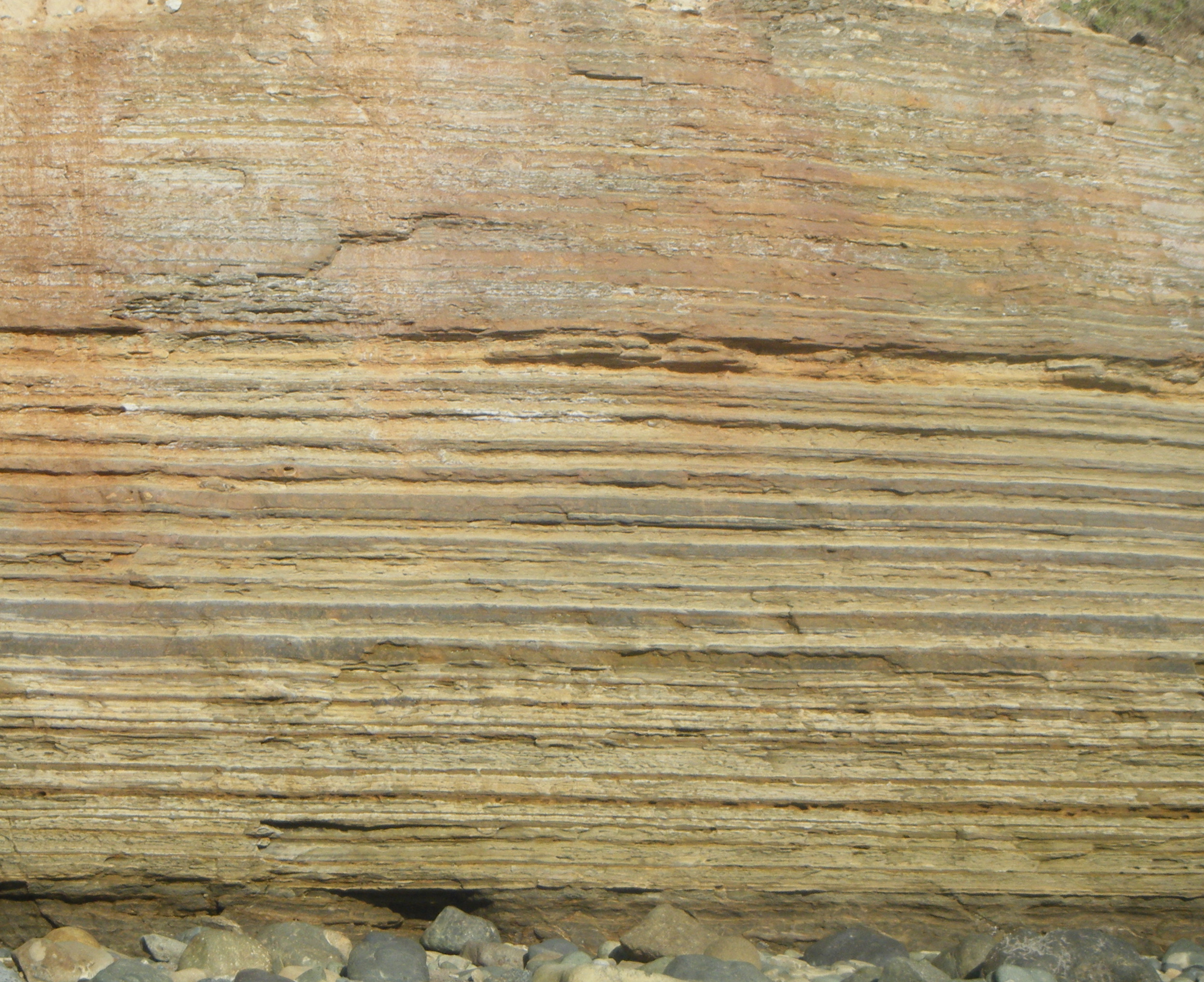Sedimentary Rocks


In this lab, we will explore the weathering products of rocks and identify the types of sedimentary rocks that these sediments form. Sediment comes from the process of weathering, which is the physical or chemical breakdown of preexisting rock. Weathering can produce “clasts” which are solid fragments of the existing rock, fossils, organic matter, or dissolved ions, which are charged atoms or molecules that form in water.
LEARNING OBJECTIVES
After completing the exercises and reading the text in this chapter, you should be able to…
- Explain the processes that transform preexisting rocks into sedimentary rocks
- Compare and contrast mechanical and chemical weathering processes based on visual evidence
- Describe the two main types of sedimentary rocks and identify hand specimens
- Describe sedimentary environments and identify various sedimentary structures

